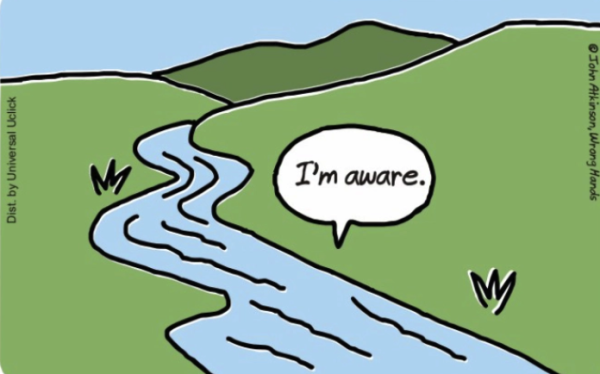Course gives students new perspective on fantasy sports
Through the course of JanTerm, one of the options offered was the “Mathematics of Fantasy Sports.” Math teachers Sam Gough and Steven Stodghill taught this JanTerm class in order to educate students about the mathematical aspect of one of the world’s fastest growing games. Fantasy sports are not a perfect science, but this knowledge of analyzing data to form their version of the best possible team gave the students an advantage.
Fantasy sports are one of the most difficult activities. Certain people are great at picking the best players available, but it’s impossible to predict injuries and decreased production.
An example from this year is the Pittsburgh Steelers running back Le’veon Bell. According to ESPN, he was considered the top overall fantasy football player going into this year. However, he was suspended for the first two games of the season, and after playing six games he suffered a season ending ACL injury.
Because these possibilities make fantasy sports so unpredictable, it is difficult to be great every time one plays.
“[My skill level is] honestly about the same [after taking the class],” said junior Will Damran. “It’s hard to perfectly predict human behavior.”
This exemplifies what makes fantasy sports so challenging yet fun at the same time. The students in this year’s class have used statistics in order to create the best teams and predictions. They put the sport’s point system and players’ stats in a spreadsheet in order to select players.
Junior Caroline Cravens gave a specific example of the class using statistics to help them.
“We tried to predict the score for the NCAA championship game by using math. Each team had a different strategy, but our team averaged the Clemson and Alabama stats,” said Cravens. “For example, to predict how many points Alabama would score, we took the average amount of points Alabama scored and the average amount of points teams scored against Clemson and we took the average of those two numbers together.”
Many of the students in the class felt that they learned many useful tools that can be applied when competing against friends.
“[I have learned these tools] due to the organization needed to analyze every stat of every viable player,” said Damron.
Even for fantasy sports newcomers like Cravens and Benson, the process has already become much easier.
“I had never participated in fantasy sports before this class,” said Cravens, “but my teams have gotten better throughout the course.”
One of the more experienced fantasy sports players in the class is sophomore Alex Cann. While Alex has already had success in his own leagues, he feels that the class has helped him. With the existence of fantasy sports, people have tried maximizing their results with several different approaches.
“[I] learned that the best way to succeed is to use objective data to determine if two players are close in value,” said Alex. “[However,] the final decision takes a lot of subjective deliberation.”
While fantasy sports are not an exact science, different approaches can be taken to maximize the potential and ability of a particular team.
“Picking players compared to their respective position is more beneficial than picking compared to other players in their sport,” said Damron.
Gough started this class because of the lack of classes involving mathematics. His love for both fantasy sports and math led to the idea.
“Last year when we were brainstorming ideas, I wanted something with mathematics,” said Gough, “and being a person who has always done fantasy sports, I’ve always used a lot of data analysis when I’ve chosen my teams.”
While the class revolves around the statistical concept of fantasy sports, Gough recognizes that human bias is ever-present.
“Even in fantasy sports, [people] make a choice because they like the player, or like the team,” said Gough.
Although the class is centered on fantasy sports, both teachers realize the class can have a larger impact on the students. Stodghill expanded on this idea saying that students can use what they’ve learned to make certain life decisions.
“[Students will be] able to make objective decisions based on that quantitative data,” said Stodghill.
While there is abundant information available concerning projections and stats for fantasy sports, Stodghill understands the importance of highlighting certain statistics above others. He credits success over opponents to prioritizing the most valuable information.
This is the second year of the class, and while Gough remains a teacher, the addition of Stodghill added a different dimension.
One key addition to the class this year were video game simulations. Using the Playstation 4, the students have drafted teams on several different games such as MLB the Show and Madden 16. As a statistics teacher, Stodghill has also supplied his knowledge of the subject to the curriculum.
In the class, the teachers are hoping the students not only have fun but also learn how to apply what they have been taught in real life as well.


